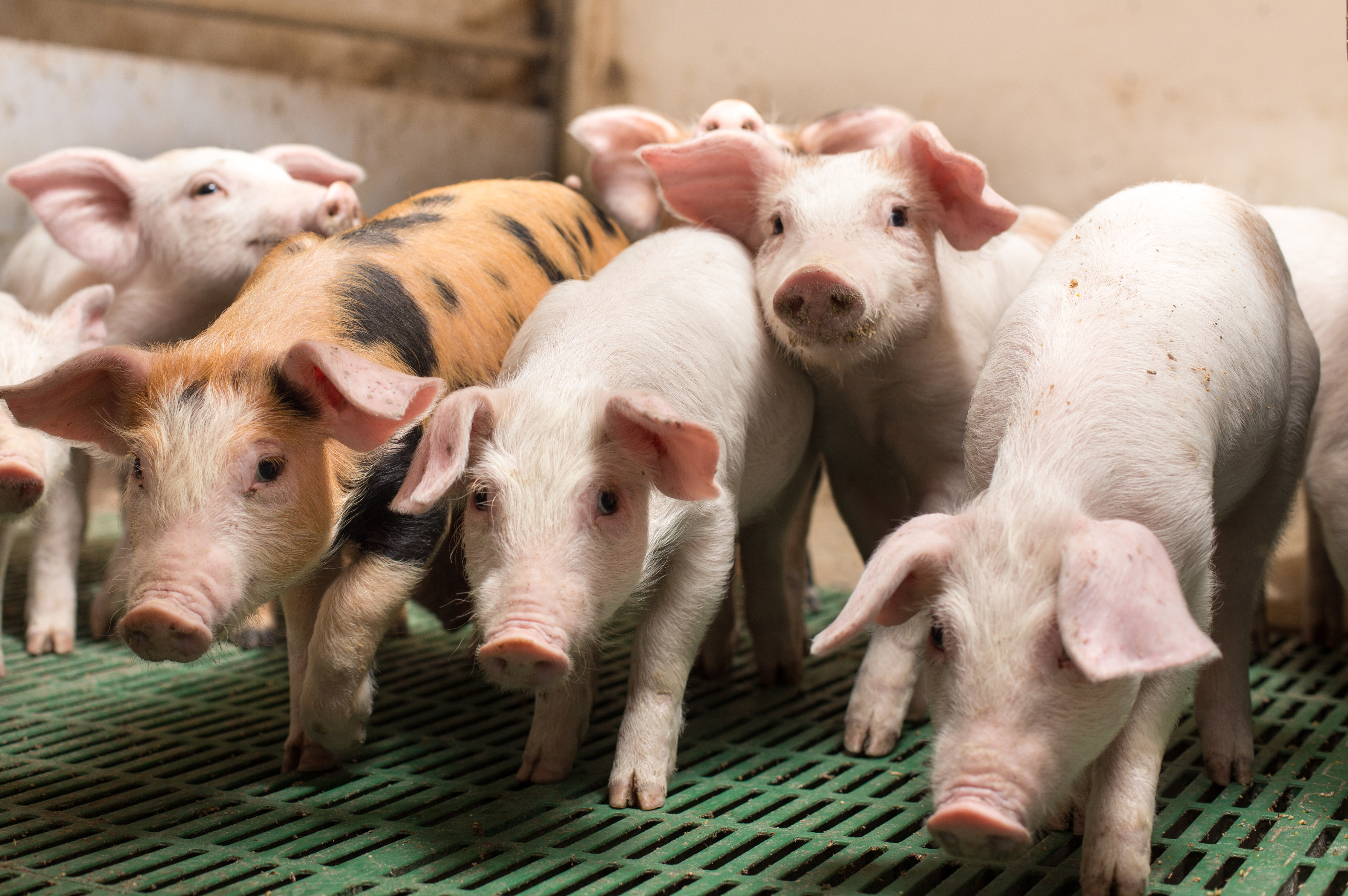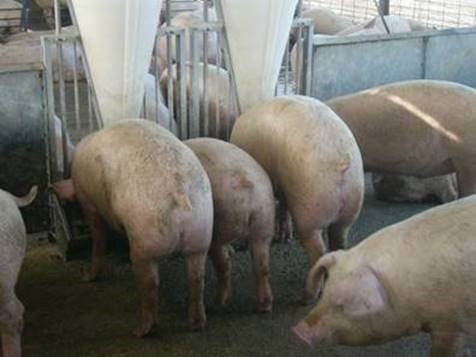



European PCV2 evolution – the widening gap between field and vaccine strains
Porcine circovirus Type 2 (PCV2) has historically triggered significant problems in swine and finishing barns, resulting in up to 30% pig mortality.Part of Series:
< Previous Article in Series Next Article in Series >

In Europe, PCV2 associated disease is classified as porcine circovirus disease (PCVD) and it is known to cause many different disease manifestations associated with PCV2. However, when commercial PCV2 vaccines came to market from 2007, they dramatically decreased the incidence and severity of PCVD. But over time, PCV2 has evolved.
“There are several ways that PCV2 can evolve. It's a DNA virus, but it evolves at the rate of an RNA virus – which means very rapidly for a DNA virus,” said Meggan Bandrick, Associate Director and Global Biologics, Swine Species Lead at Zoetis. “PCV2 evolution happens in two ways - one is point mutations which are small changes in the genetic sequence which is due to a lack of proofreading because the virus is so small – and the second way is because of recombination.”
Recombination and shifting genotypes
Recombination can occur because PCV2 causes persistent infections and a pig can be infected with multiple different strains of PCV2 at the same time. Recombination occurs when viruses of two different strains coinfect the same host cell and interact during replication to generate virus progeny that have some genes from both parents – creating a new strain.
“Even though vaccines have been very successful in controlling disease and most pigs are vaccinated against PCV2 in Europe, PCV2 itself has changed and evolved,” she said. “Over time the vaccine strains, while they have stayed consistent and based on PCV2a in most cases, the field strains have shifted. In the field, we've moved from predominance of PCV2a to PCV2b and now even to PCV2d. There are even more different genotypes that go through PCV2h, but PCV2a, PCV2b and PCV2d are most associated with clinical disease.”
PCV2 will continue its evolution because of mutations and recombination, which is inherent to PCV2. While the vaccines have done a good job of controlling PCV2, viruses can escape the immune response. Today, severe clinical disease isn’t typically seen in vaccinated herds, but PCV2 continues to circulate which leads to subclinical infections and some sporadic outbreaks. Outbreaks are often associated with PCV2b or PCV2d. And if you have more than one PCV2 on the farm, it’s fair to say there are recombinant viruses as well.
“It's the subclinical infection that results in the greatest economic loss to pig producers. Often, when you have PCV2 clinical disease, you can identify it in thrifty pigs. But with a subclinical infection, your pigs are not ever able to reach their full potential. It’s not an overt PCVD but pigs are still infected, which means they're using energy to fight the infection with an immune response. They're not growing to their full potential, thus producers are not earning their full potential on those pigs.”
It's important to vaccinate pigs for PCV2, but a vaccine is needed that is keeping up with the field strains and offers broader coverage for the strains that are circulating today.
If producers identify a problem in their herd, they should work with their veterinarian to take diagnostic samples and send them to a diagnostic laboratory for PCR testing and potentially sequencing to determine which genotype or combination of genotypes are circulating on the farm.
“PCV2 can look like many other swine diseases, especially when you don't have overt disease, so diagnostics are important,” Bandrick said. “The pig can tell the difference among PCV2a, PCV2b or PCV2d, but it's not really something that a producer can overtly see based on the clinical signs. You can't protect against it if you don't know what you're fighting.”
While PCV2a and PCV2b are still found, PCV2d has become the dominant strain in Europe. Disease with PCV2d may be because not all pigs were vaccinated, vaccination was given at the wrong time, or because the disease wasn't as easily controlled by a vaccination. The cause of this isn’t certain but it’s noteworthy that the PCV2 vaccines in Europe are based on PCV2a.
Widening gap between field and vaccine strains
“Because vaccines haven't been keeping up with what is relevant to the pig, it creates a genetic gap among our vaccine strains and the field strains,” she said. “This means we need to update our current tools – vaccines – so they offer the coverage needed to offer better protection against these diverse PCV2 genotypes.”
Zoetis and other industry experts and academia agree that updated vaccines may be needed and are currently working towards new vaccine solutions.
“PCV2 is going to continue to change due to selection and disease pressure,” she noted. “Modernizing vaccines or a bivalent vaccine can help. We know there's a gap, and we continue to monitor changes and the epidemiology of the virus.”












